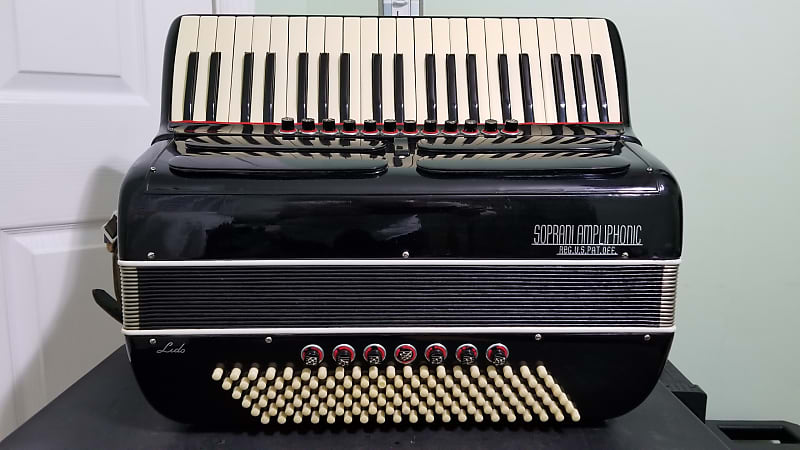Dingo40
Been here for ages!
Here's something different. There are several different models of it on the web, but I couldn't secure the link of some of them.
Intriguing sound quality and the arrangement of the internals?
Here's another showing the unusual arrangement of the reed blocks:

 reverb.com
reverb.com
Intriguing sound quality and the arrangement of the internals?
Here's another showing the unusual arrangement of the reed blocks:

Settimio Soprani "Ampliphonic Lido" 1960's | Reverb Australia
This beautiful Settimio Soprani "Ampliphonic Lido", from the 1960s, it is one of a kind accordion. Its internal reed blocks configuration was an innovation past then, and the unique "round button" shape of the treble and bass registers, make this accordion a "rare" specimen among the accordi...
Last edited:





